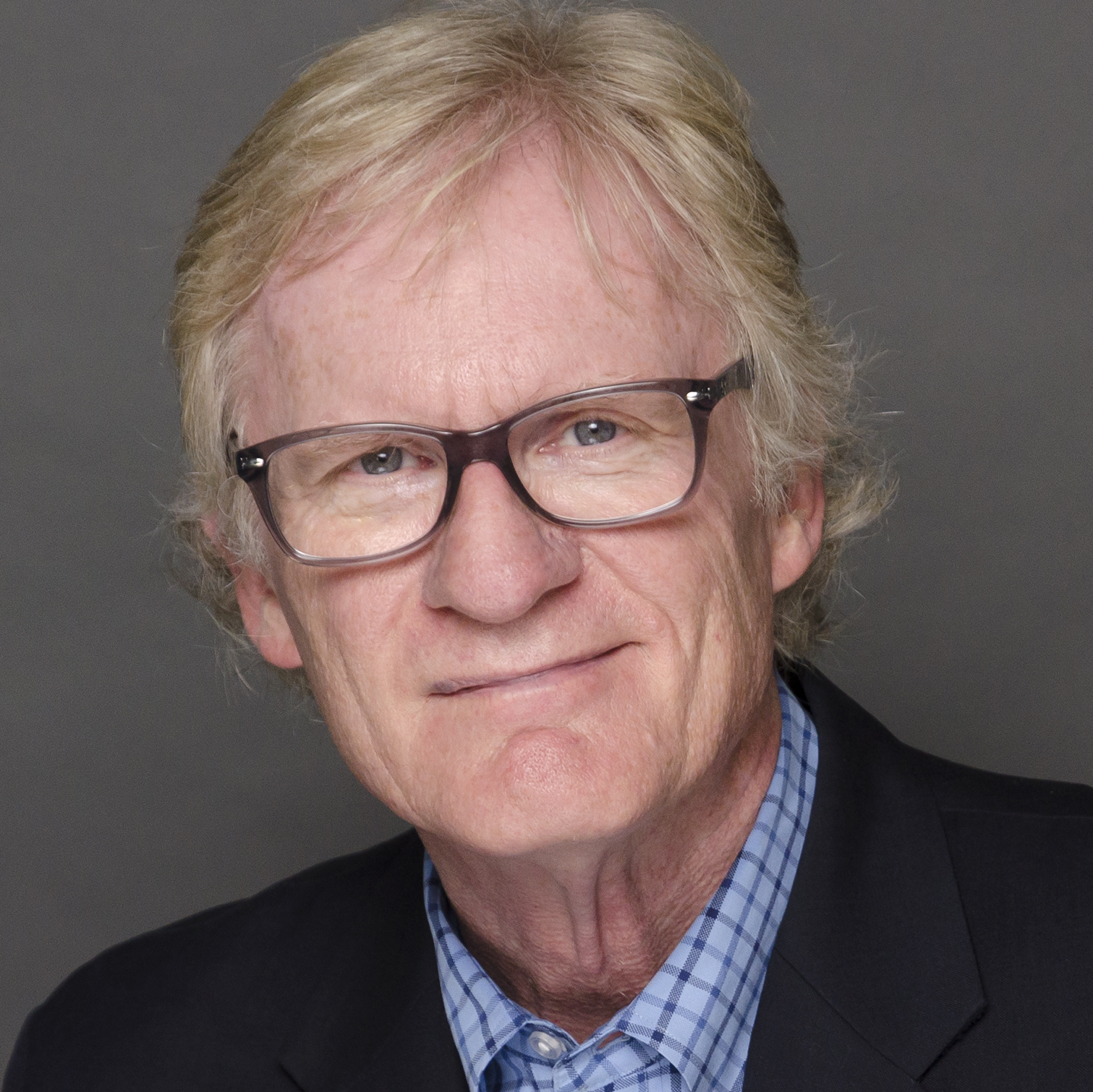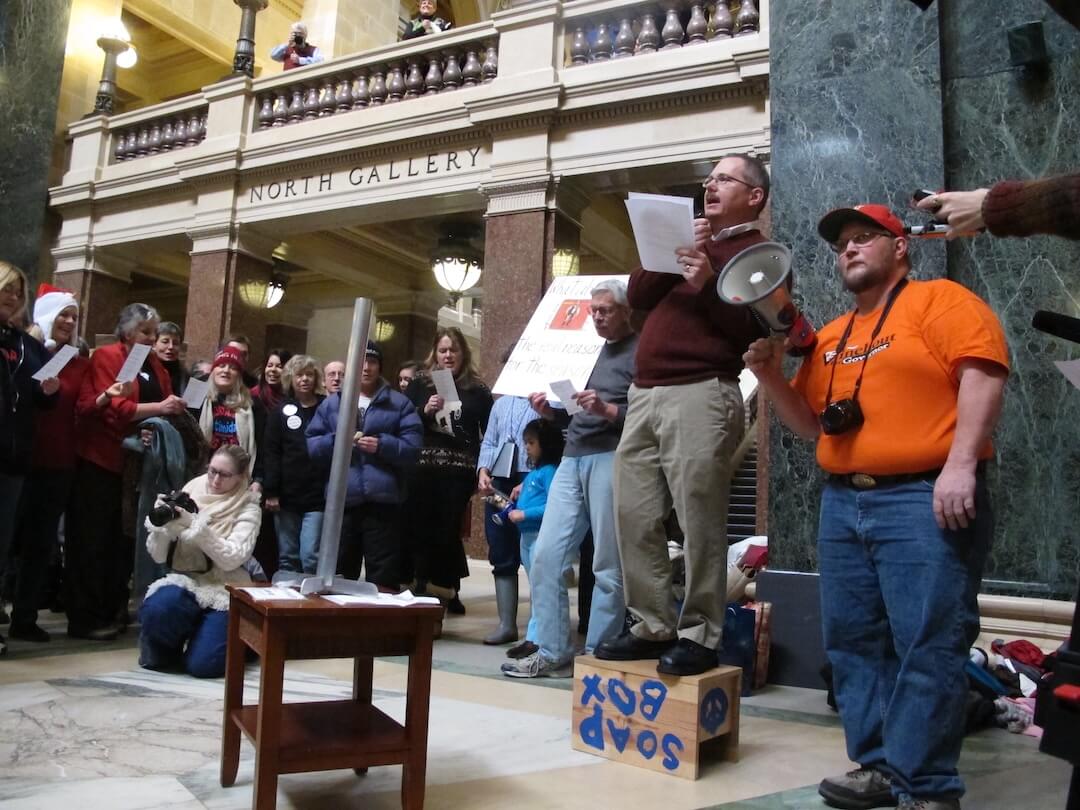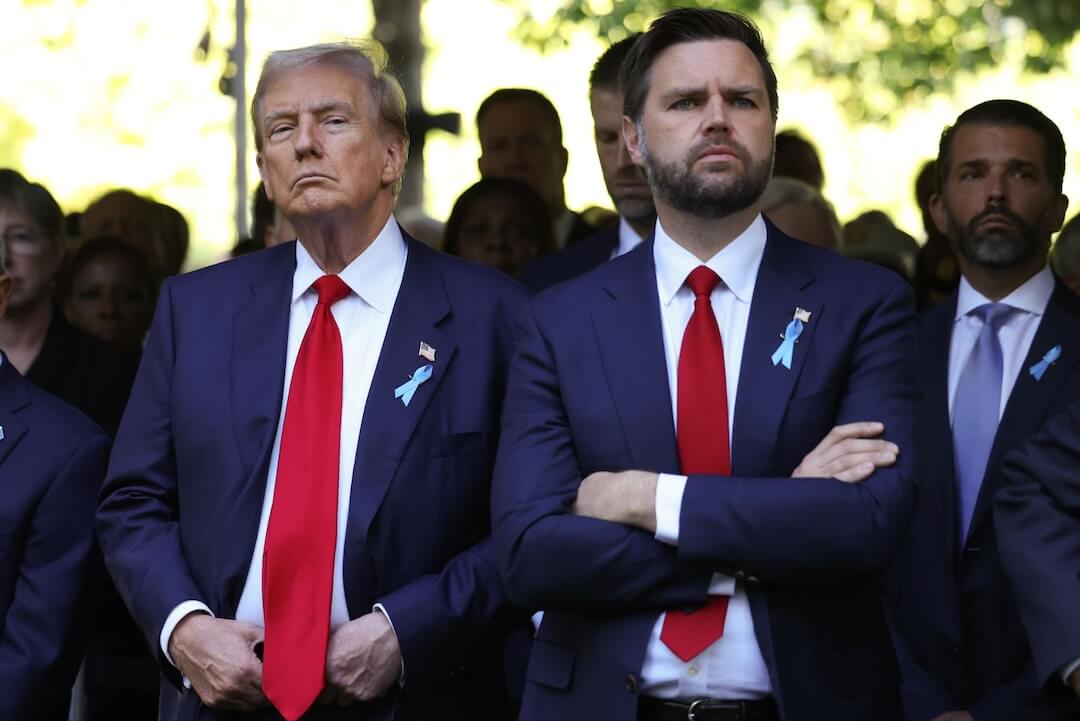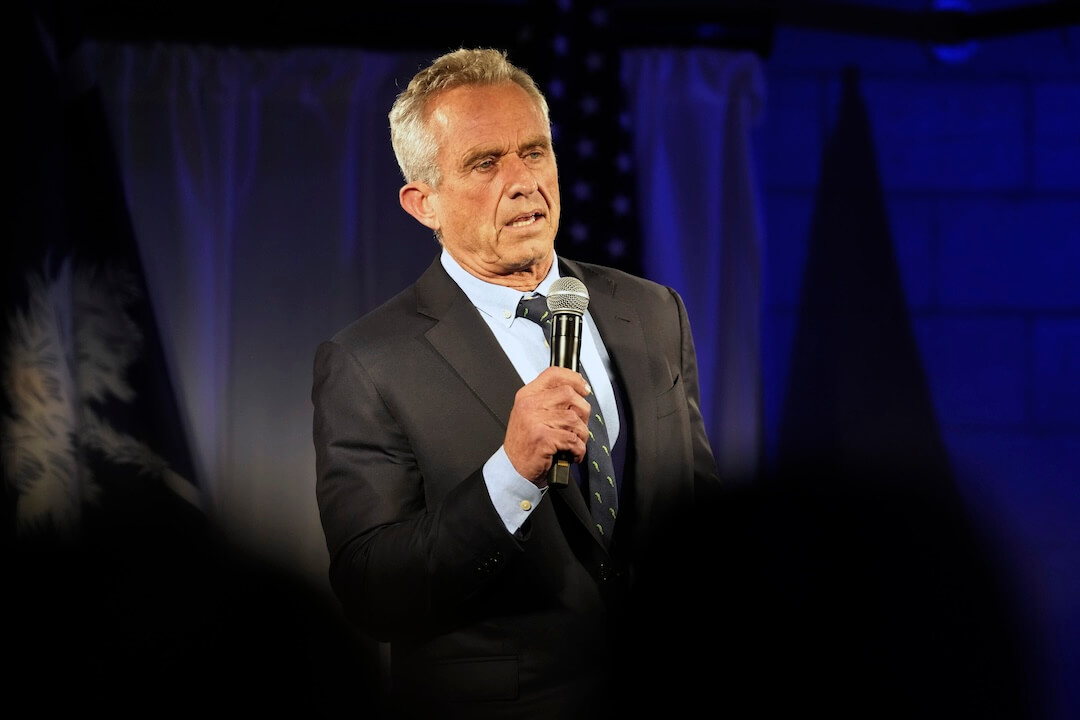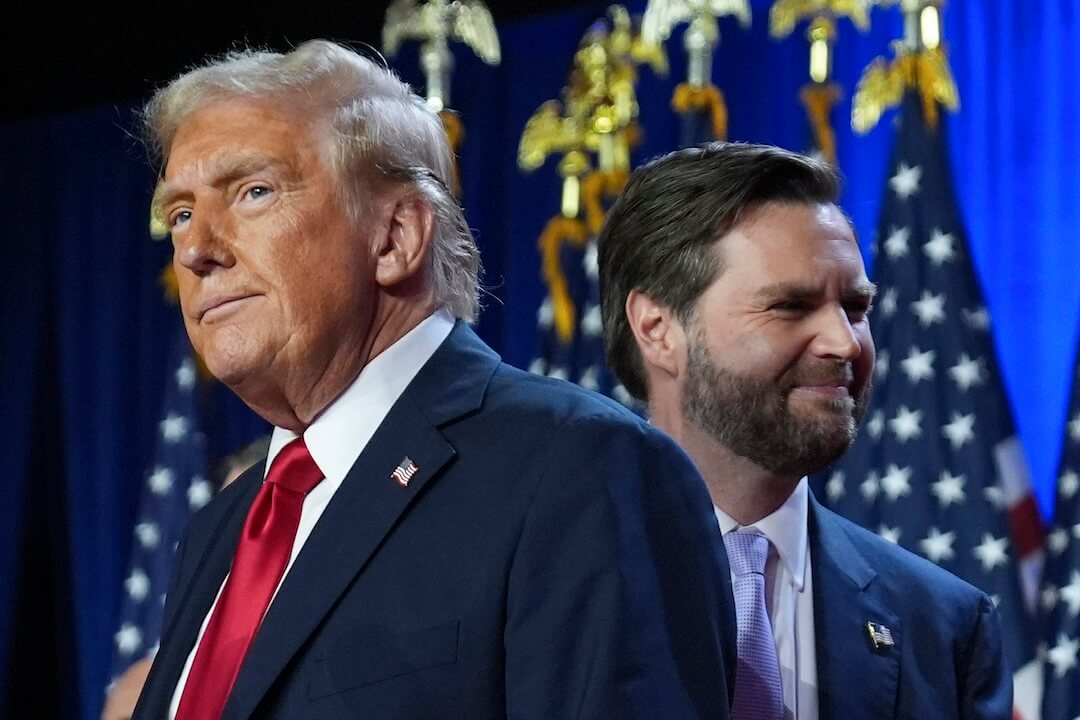The reporter on the phone wanted to know about the health insurance story that had broken in the State Capitol.
“This will take a few minutes to explain,” I said. “It’s complicated.”
I was in PR at the time, working for Independence Blue Cross in Philadelphia. About three minutes into my explanation, the reporter interrupted me.
“That’s way too complicated,” he said. “I’ve got two other stories to do today — I don’t have time for this one.”
Health care. The economy. Genetics. Social science. The legal system.
At a time when the issues facing our country are more complex than ever, are our newsrooms losing the expertise to explain them?
Are we relying on generalists too much?
The evidence offered by the coverage of this election year isn’t reassuring.
Last week at the NAA/ASNE convention, a panel of economics writers bemoaned the fact that the presidential candidates were proposing unrealistic plans for helping the economy, and that the journalists covering those candidates lacked the expertise to critique — or even question — the feasibility of their plans.
That same night, just one week before today’s crucial Pennsylvania primary, the Democratic candidates spent half of their debate answering “character” questions; and then this past weekend, lead stories dealt with Senator Barack Obama’s decision to start “throwing more elbows” at Senator Hillary Clinton.
What happened to the issues?
Or does this year’s presidential coverage offer a window into how more and more news organizations are staffing the most complicated stories of the day?
Tom Rosenstiel, Director of the Project for Excellence in Journalism, said staffing of the campaign has come down to numbers, and expertise has suffered for it.
“At one network,” he said, “the White House reporter is covering Hillary instead of covering Bush. And at another network, the National Security Correspondent is covering Hillary, when presumably that reporter should be at the State Department.
“The idea of pulling off an economics reporter to do any serious examination of a candidate’s tax proposal is becoming very difficult.”
Rosenstiel said the practice of leaving campaign coverage to the newsroom’s political reporters “pulls the coverage toward tactics and strategy and away from deeper policy exploration.”
Has that happened this year? Yes, Rosenstiel said, and it explains “why this campaign has no overarching narrative about the big issues.”
He said the most heavily covered story in this campaign, according to his organization’s weekly News Coverage Index, has been…
Obama’s relationship with the Rev. Jeremiah Wright.
Not Iraq.
Not the health care crisis.
Not the economy or gas prices or crime or Social Security.
Is our diminishing journalistic expertise the culprit?
Perhaps. Rosenstiel, a former political reporter, recalls the days when the newspaper would send its economics reporter on the campaign trail for a week to spend time with the candidates and their staffs and then write in depth about their proposals.
“Today,” he said, “that’s much less likely to happen — and I don’t think it is happening beyond the elite publications.”
In fact, ask the organizations that are attempting to cover the campaigns in depth, and they’ll agree that it requires significant resources. And most will tell you that devoting those resources — for the sake of expertise — is getting tougher all the time.
Just how important is expertise to the future of journalism?
Rosenstiel often suggests to journalists that at a time when their role as “gatekeepers” has become hopeless (after all, he says, the fence is gone), they consider becoming “sense-makers” — sources the public trusts to make sense of the information chaos to which we all have access.
But making sense of an issue requires that I at least have enough knowledge about the subject to ask good questions. And enough familiarity to know when the answer I get requires another question.
In the flurry of buyouts, attritions and layoffs, are we losing that knowledge?
Rosenstiel says it’s still possible to find expertise in local news reports — but the expertise is carefully chosen.
“News organizations are asking, ‘what’s our franchise?’ ” Rosenstiel said, “and beefing those areas up. They’re being very selective. Chemicals in one market, high-tech in another market, higher education somewhere else. They pick their shots.
“So you can still find special expertise, but it’s proportionately a smaller part of what you receive. So at a time when people have higher expectations for their news report, they’re more likely to be disappointed.”
Where can a news organization turn when its staff has lost its experts in the courts, finance, medicine and other areas of expertise?
Here’s one idea:
Michael Skoler, Executive Director at the Center for Innovation in Journalism at American Public Media, helped his newsroom at Minnesota Public Radio create Public Insight Journalism — a project that has dramatically increased the number and diversity of his newsroom’s sources.
“Let me be clear,” Skoler said: “PIJ is not a solution. The solution is good reporters. We need good reporters. But if you have good reporters, PIJ can give them access to a broad range of diverse sources for covering a complex story on a tight deadline.”
Like Rosenstiel, Skoler uses the term, “sense-maker,” to describe the journalist’s role — and, he said, the journalist does not have to be an expert to make sense of an issue. Reporters can find experts outside the organization — and they do.
“My concern,” he said, “is that journalists have become way too reliant on their ‘expert Rolodex'” — on people whose title or job responsibility is their claim to expertise.
And who, it should be added, often have agendas and points of view that might affect their contribution to the story. Witness Sunday’s report in The New York Times on the Pentagon’s campaign to shape the opinions of “military analysts” who regularly offer their judgments on radio and television. Figuring out which experts to trust can be difficult.
PIJ supplements use of traditional experts with thousands of people in the community. Unlike many traditional experts, PIJ’s “public sources” have agreed to share an expertise based on their experience.
For example, when Marketplace was preparing a story on the mortgage crisis, reporters sent queries to the network’s public sources, asking how people were experiencing the economic slowdown. Skoler said they heard from three groups of people: those trying to refinance a mortgage and keep their homes; those who had decided to walk away from their homes, and young, new buyers who were taking advantage of the crisis. Reporters now had a diverse group of experienced sources through whom they could tell this very complex, fragmented story.
“We usually don’t ask people what they think,” Skoler said. “We want to hear how their lives are being affected. We’re seeking knowledge, not opinion.”
PIJ’s source networks — currently 53,000 members nationally and 23,000 in Minnesota — not only provide reporters with a large and diverse set of sources, they lead reporters to many stories they never would have found through traditional sources. And Skoler points out that those who join the network typically have several areas of expertise — most of which could be overlooked.
Skoler offers this example: A local CEO is an expert in his line of business, but he also has children in school. That experience gives him an expert’s perspective on issues like public funding for education or violence in schools. And the fact that he and his family are caring for an elderly parent gives him an expert’s experience in that issue, too.
“We invite people, ‘tell us your experience,'” Skoler said, “and we’ll help you discover your expertise.”
PIJ is one idea for preserving your newsroom’s access to expertise; you also can begin developing a new generation of reporters with specialties. Start by asking them about the subjects they naturally gravitate toward, and then find out whether your audience is engaged in activities that would benefit from coverage of that area. In the end, it’s all about seeking ways to be authoritative on subjects that address your audience’s lives.
That’s what PIJ has done for his newsrooms, Skoler said — helped them produce a news report that is more relevant, filled with stories that matter to their audience. And how does Skoler know that?
Because according to 53,000 sources, these are the stories of their lives.
Call it expert testimony.

